mechanical oil pressure gauge vs electric
Mechanical pressure gauge
Most mechanical instruments do not communicate with the process controller. They are only used as indicators. Traditional pressure gauges use mechanical systems to measure pressure, and bourdon tubes expand and contract according to the applied pressure. The entire system - the frame, pivot, spring, pinion, and pointer move to show the pressure on the dial. It's just a dial that shows you that stress is simple but effective. You may have encountered this dial in tire pressure gauge, fuel pressure gauge, oil pressure gauge or any other pressure related daily situations.Mechanical pressure gauges are very common and easy to read
Electric Digital pressure gauge
It has the same design as mechanical instruments, but it gives you the option to communicate via WirelessHART. With HART communication, you can monitor process values and diagnose problems with devices or processes. Digital pressure gauges use strain relief sensors to digitally process signals. Then it uses a tiny motor to imitate the old interface and drive the pointer on the dial. Digital pressure gauge provides you with more stable and pressure measurement, which has been converted to digital pressure. Most importantly, data can be collected remotely, and no one can go to each pressure gauge in the facility and write down the numbers
The function of the oil pressure gauge is to detect and display the oil pressure of the main oil passage of the engine, so as to prevent major failures of cylinder pulling and tile burning due to lack of oil.Oil pressure is a gauge used to indicate the size of the engine oil pressure in order to know whether the engine lubrication system is working properly. It consists of an oil pressure sensor installed on the main oil passage of the engine and an oil pressure indicator on the instrument panel. Commonly used oil pressure gauges are bimetallic electromagnetic type and moving magnet type. Among them, the bimetallic oil pressure gauge is the most widely used.The oil pressure gauge looks like most indicators on the instrument panel. There is a label (usually "oil") and a number (between 1-80 or 1-100) and a dial with a pointer. Some vehicles use the numbers "L" and "H" instead of numbers to indicate high or low voltage. For baseline readings, although almost every vehicle has a system for monitoring oil pressure, not all vehicles have pressure gauges on the instrument panel. It depends on the make and model. Some vehicles provide digital readings, while others have an instrument cluster indicator that flashes when a change in oil pressure is detected. Refer to the owner's Manual for final instructions on where the oil pressure gauge is located and how to read it.
 English
English 
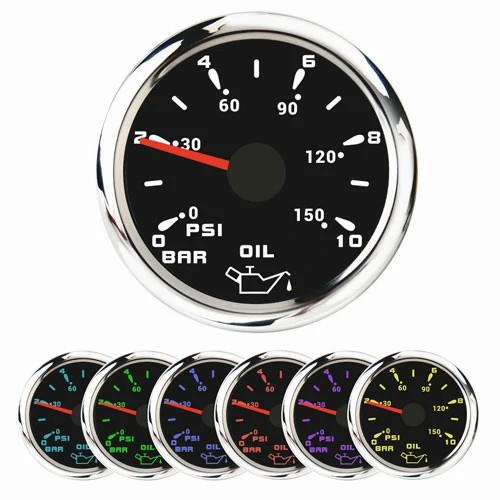
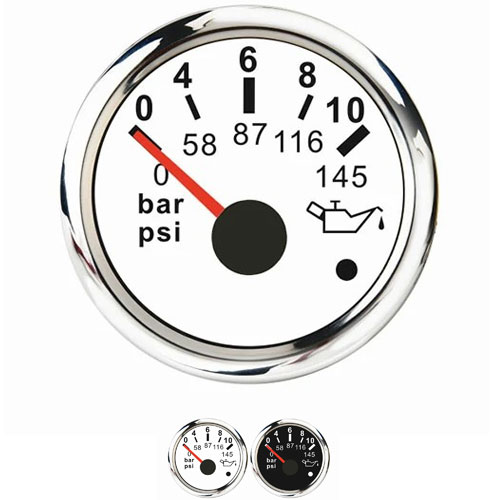
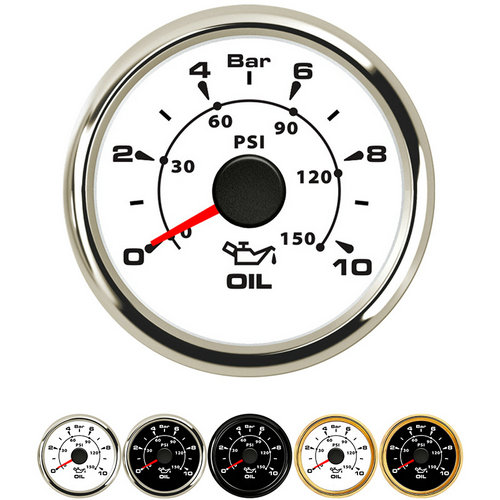

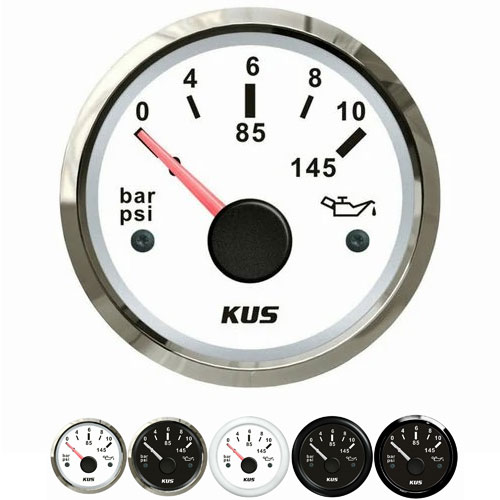
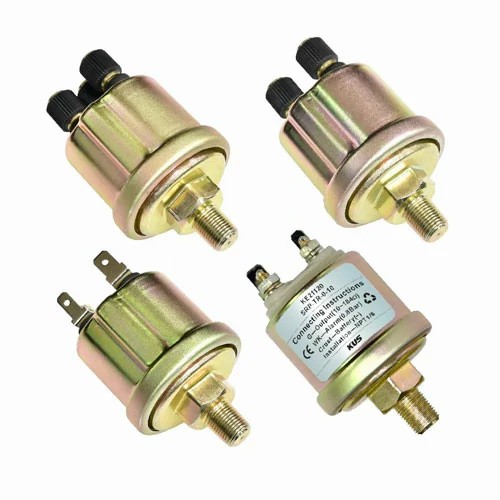
Get a Quote / Info